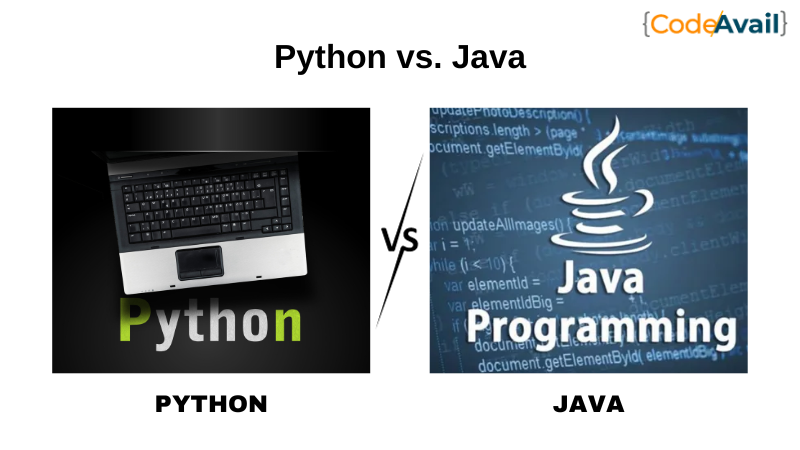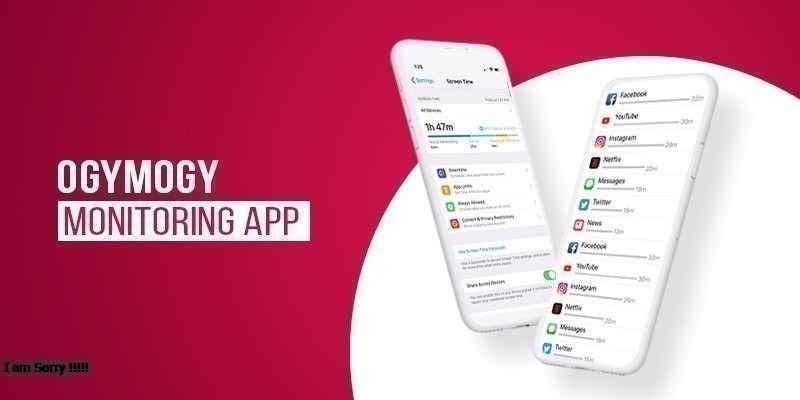In the ever-evolving landscape of programming languages, two giants stand tall: Python and Java. Both have carved out their niches and amassed a substantial following, but the question remains – which one should you choose for your coding adventures in 2023? To help you make an informed decision, we’ll explore the key features of Python and Java, highlight their differences between Python vs. Java , and offer some guidance on which might be the better choice for your specific needs.
Note: If you are a student and struggling with your Python Programming assignment, then you can get the best Python Programming Help from our experts.
Python: A Versatile and User-Friendly Language
What is Python?
Python is a high-level, interpreted, and dynamically-typed programming language. Created by Guido van Rossum in the late 1980s, Python has since gained immense popularity, largely due to its simplicity and readability. It’s often referred to as a “batteries-included” language because of its extensive standard library, which covers a wide range of tasks.
Key Features of Python
- Readability: Python’s syntax is known for its clarity and simplicity. It emphasizes code readability, making it easy for developers to write and maintain code.
- Versatility: Python can be used for a wide variety of applications, including web development, data analysis, scientific computing, artificial intelligence, and more. Its versatility is a significant advantage.
- Large Standard Library: Python’s extensive standard library provides modules and packages for various tasks, reducing the need for developers to reinvent the wheel. This makes development faster and more efficient.
- Interpreted Language: Python is an interpreted language, which means you don’t need to compile your code before running it. This makes the development process faster and more agile.
- Cross-Platform Compatibility: Python is available on multiple platforms, including Windows, macOS, and Linux, making it a versatile choice for cross-platform development.
Java: A Robust and Platform-Independent Language
What is Java?
Java, developed by James Gosling and his team at Sun Microsystems in the mid-1990s, is a statically-typed, object-oriented programming language. It was designed with the principle of “Write Once, Run Anywhere” in mind, making it a powerful choice for developing cross-platform applications.
Key Features of Java
- Platform Independence: Java code is compiled into bytecode, which can run on any platform with a Java Virtual Machine (JVM). This platform independence is a significant advantage for Java developers.
- Strong Typing: Java uses strong typing, which means variables must be explicitly declared with their data types. This helps catch errors at compile-time rather than runtime.
- Object-Oriented: Java is purely object-oriented, emphasizing the use of classes and objects. This approach promotes modularity and code reusability.
- Robustness: Java’s strong type system, exception handling, and automatic memory management (garbage collection) contribute to the language’s robustness and reliability.
- Security: Java has built-in security features that help protect against various security threats. It’s often used for developing secure applications, such as mobile apps and web services.
Major Differences between Python vs. Java
Now that we’ve introduced Python and Java let’s delve into the nine major differences between these two languages that can influence your choice in 2023.
1. Syntax and Readability
Python: Python is celebrated for its clean and readable syntax. It uses indentation (whitespace) to define code blocks, which enforces good coding practices and makes code visually appealing. This readability is especially beneficial for beginners and collaborative projects.
Java: Java’s syntax, while not as concise as Python’s, is still well-structured and relatively easy to read. It uses braces {} to define code blocks. Some developers prefer the strict syntax, as it leaves less room for ambiguity.
2. Type System
Python: Python is dynamically typed, meaning you don’t need to declare variable types explicitly. The interpreter determines the variable type during runtime. While this flexibility can be convenient, it can also lead to runtime errors if types are not managed correctly.
Java: Java is statically typed, requiring you to declare variable types explicitly. This catches type-related errors at compile-time, offering a higher level of type safety. This can be advantageous for large-scale projects where early error detection is crucial.
3. Performance
Python: Python is often criticized for its performance compared to languages like Java. While Python’s execution speed has improved with advancements like the PyPy interpreter, it may not be the best choice for highly performance-critical applications, such as real-time systems or intensive numerical computations.
Java: Java’s performance is generally better than Python’s. The Java Virtual Machine (JVM) optimizes bytecode execution, resulting in faster execution times. Java is well-suited for applications where performance is a top priority.
4. Concurrency and Multithreading
Python: Python’s Global Interpreter Lock (GIL) can limit its ability to efficiently execute multiple threads in parallel. While Python has libraries like asyncio and multiprocessing to work around this limitation, it may not be the best choice for highly concurrent applications.
Java: Java excels in multithreading and concurrent programming. It provides robust support for creating and managing threads, making it suitable for applications that require high concurrency, like web servers and real-time systems.
5. Community and Ecosystem
Python: Python has a vast and active community, which translates to a rich ecosystem of libraries and frameworks. Whether you’re into web development (Django, Flask), data science (NumPy, pandas), or machine learning (TensorFlow, PyTorch), Python has you covered.
Java: Java also boasts a large and dedicated community. It’s particularly strong in enterprise development, with a plethora of libraries and frameworks for building scalable and reliable applications.
6. Learning Curve
Python: Python’s gentle learning curve makes it an excellent choice for beginners. Its simple and readable syntax allows newcomers to focus on learning programming concepts rather than struggling with complex syntax. This ease of learning can be a significant advantage for those who are new to programming.
Java: Java’s learning curve is steeper compared to Python, primarily due to its statically typed nature and more verbose syntax. However, this can be an advantage for those who want to learn strong typing principles from the beginning, as it enforces good coding practices and helps developers catch errors early.
7. Platform Independence
Python: Python is platform-independent to a certain extent, thanks to its interpreters available for various operating systems. However, it might not be as platform-independent as Java, especially when dealing with system-specific features or libraries.
Java: Java’s “Write Once, Run Anywhere” philosophy is a standout feature. Java bytecode can run on any platform with a compatible JVM, making it an ideal choice for cross-platform development.
8. Use Cases
Python: Python is exceptionally versatile and finds applications in a wide range of fields, including web development, data analysis, machine learning, artificial intelligence, scientific computing, and automation. It’s often favored for prototyping and scripting.
Java: Java is commonly used in enterprise-level applications, mobile app development (Android), web services, and large-scale systems. It’s a go-to choice for mission-critical, performance-sensitive, and long-term projects.
9. Community and Enterprise Adoption
Python: Python’s community has grown rapidly in recent years, driven by its popularity in data science and machine learning. It’s widely adopted in academia, startups, and tech companies. While it may not have the same level of historical enterprise adoption as Java, it’s gaining ground in various industries.
Java: Java has a long-standing history of enterprise adoption and is deeply entrenched in sectors like finance, healthcare, and telecommunications. Many large-scale and mission-critical systems are built using Java, ensuring a stable job market for Java developers.
Conclusion
The choice between Python and Java in 2023 ultimately depends on your specific needs and priorities. Here’s a summary to help you make an informed decision:
Choose Python If:
- You’re a beginner looking for an easy-to-learn language.
- Your project involves data analysis, machine learning, or scientific computing.
- Rapid development and prototyping are essential.
- You value code readability and simplicity.
- You want a strong and active community.
Choose Java If:
- You need platform independence and cross-platform compatibility.
- Your project is enterprise-level or mission-critical.
- You prioritize performance, reliability, and strong typing.
- You’re interested in mobile app development (Android).
- You want a language with a strong history of enterprise adoption.
Remember that these recommendations are not absolute, and both Python and Java have their merits. Many developers are proficient in both languages, allowing them to choose the best tool for a particular task. Additionally, the best language for your needs may evolve over time as your projects and preferences change.
In conclusion, Python and Java are both powerful languages, each with its unique strengths and weaknesses. Your choice should align with your project goals, your background and experience, and the specific requirements of the task at hand. Regardless of your decision, both languages offer exciting opportunities for developers in 2023 and beyond.




